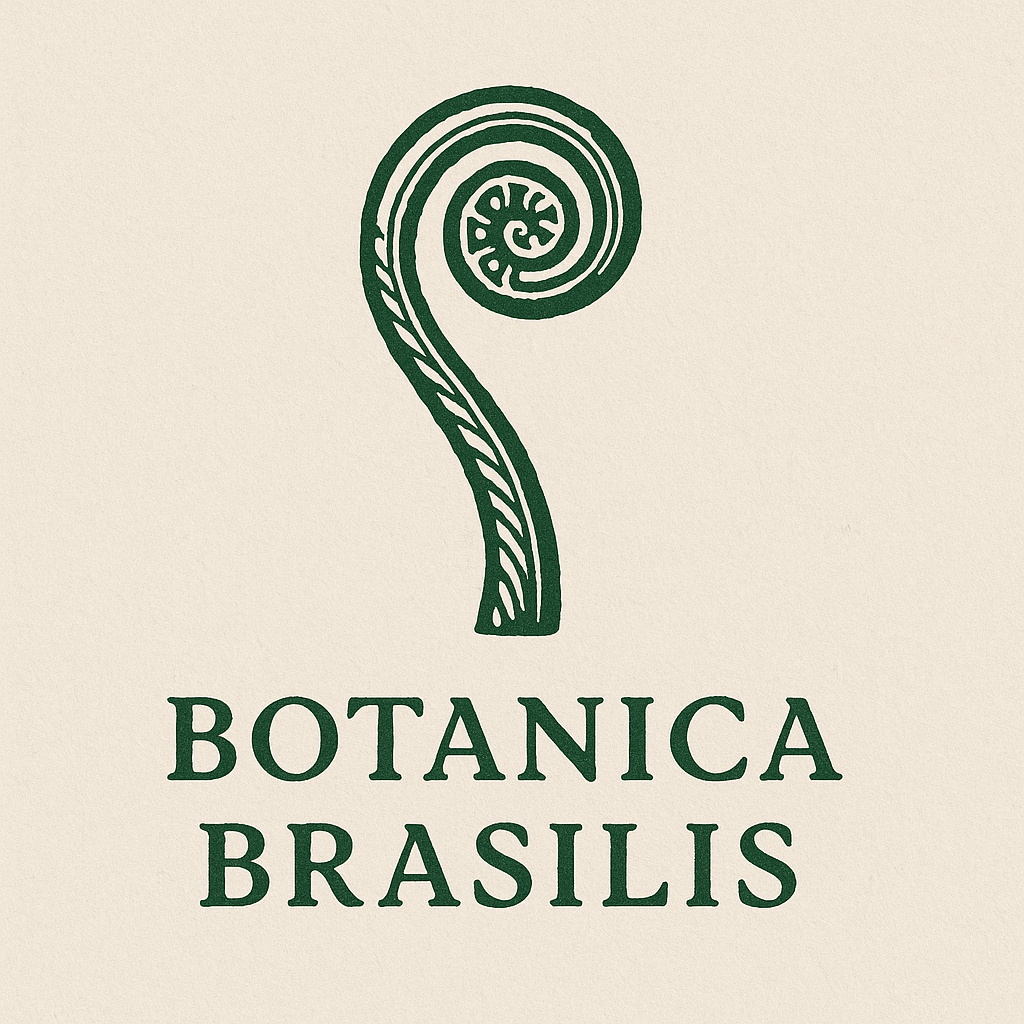Botanica Brasilis: Preserving Brazil’s Botanical Heritage Through Contemporary Textile Art
In the humid light of a Brazilian morning, plants speak in colors before they speak in words. They are woven into lullabies, whispered in healing rituals, pressed into kitchen recipes, and stitched quietly into family memory. For centuries, these plants have been more than scenery — they have been medicine, teachers, spiritual guides, and witnesses to history.
In the humid light of a Brazilian morning, plants speak in colors before they speak in words. They are woven into lullabies, whispered in healing rituals, pressed into kitchen recipes, and stitched quietly into family memory. For centuries, these plants have been more than scenery — they have been medicine, teachers, spiritual guides, and witnesses to history.
But in a rapidly industrialized, globally homogenized world, this botanical heritage is under threat — endangered not only by deforestation, but by forgetting.
Botanica Brasilis was born from a desire to keep these stories alive. Through the slow, deliberate practice of painting native Brazilian flora on natural linen, I seek to transform textiles into living archives — vessels of memory that connect past and present, culture and ecology, art and activism.
Brazil holds one of the most biodiverse ecosystems on Earth, with over 50,000 plant species, many found nowhere else. Beyond their scientific value, these plants carry layers of meaning — in Indigenous cosmologies, in Afro-Brazilian spiritual traditions, in rural healing practices, and in the daily rituals of families across the country.
Ethnobotany, the study of how people use and relate to plants, reveals that each leaf, root, and flower holds not only physical properties but cultural narratives. For example:
Jaborandi (Pilocarpus microphyllus) — once traded along river networks for its medicinal properties, used to treat eye ailments.
Urucum (Bixa orellana) — a brilliant red seed that is both body paint and food seasoning, tied to Indigenous ceremonial life.
Ipê-Amarelo (Handroanthus albus) — whose golden blossoms signal seasonal change and renewal in folklore.
These plants do not just grow; they remember — holding the knowledge of those who cultivated, revered, and depended on them.
The Artistic Process
In Botanica Brasilis, each artwork begins not with a sketch but with a story. I start by researching the plant’s cultural, medicinal, and ecological roles, often through oral histories, botanical texts, and direct observation in nature.
The medium is deliberate: hand-painting on natural linen. Linen — one of humanity’s oldest textiles — is strong yet breathable, carrying its own agricultural heritage. I use no stencils, no templates, and no digital replication. Each brushstroke is an act of attention, a meditation on the form and spirit of the plant.
The process is intentionally slow, echoing the pace of traditional textile work. Pigments are chosen for their depth and durability, sometimes derived from natural sources. My studio table is often scattered with seed pods, plant cuttings, and well-thumbed field guides.
In resisting industrial speed and reproducibility, the work becomes a quiet protest — a reminder that some things must remain human-paced to retain their meaning.
Painting Brazilian flora in this way is not simply an aesthetic exercise. It is an act of cultural preservation and ecological resistance. In a postcolonial context, where Indigenous and rural knowledge systems have been marginalized or erased, telling plant stories through art reclaims their importance.
This work also challenges the boundary between “art” and “craft,” positioning textile as a vessel of intellectual, spiritual, and ecological value. It speaks to the role of material culture in keeping memory alive — and the responsibility of artists to protect not only landscapes, but the cultural narratives woven into them.
By merging material tradition (linen, hand-painting) with ecological activism, Botanica Brasilis situates itself within a global conversation on sustainable design, slow art, and the decolonization of heritage.
I often return to one guiding question:
What did your ancestors know about the Earth that you have forgotten?
Whether in the Amazon, the Caatinga, or in Ireland where I now live, I believe we all carry a dormant memory of plants — the recipes, remedies, and rituals that once defined our relationship with the land.
Through textile art, I invite viewers to reconnect with that memory. Not just to admire the beauty of a flower painted on linen, but to recognize it as a living link in a chain of human and ecological history.
If this work speaks to you — whether as a collector, curator, or fellow steward of botanical heritage — I invite you to follow these plant stories through my Botanical Letters, a monthly dispatch from my studio where art, ecology, and memory meet. Together, we can ensure that the wisdom of Brazil’s flora continues to bloom in both cloth and consciousness.

